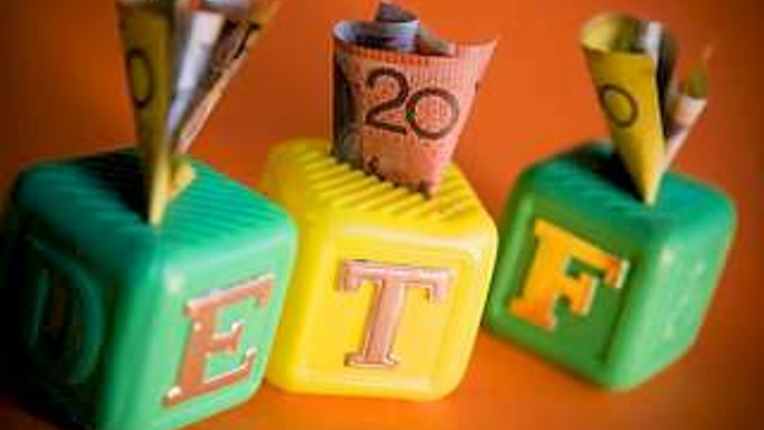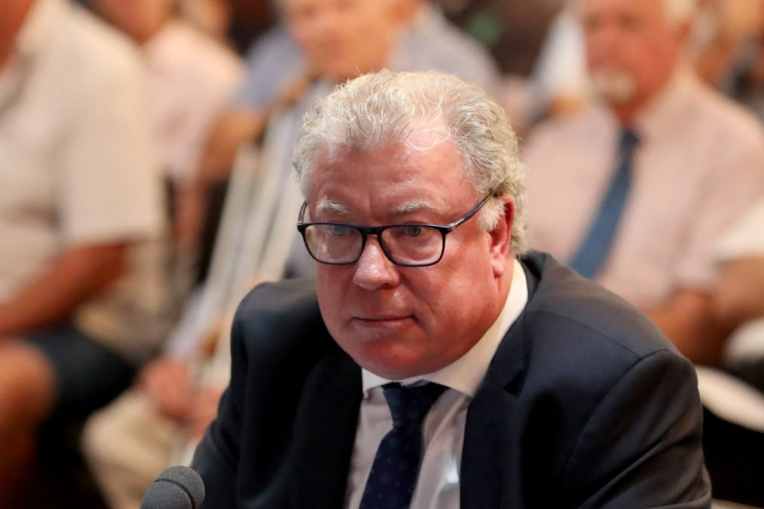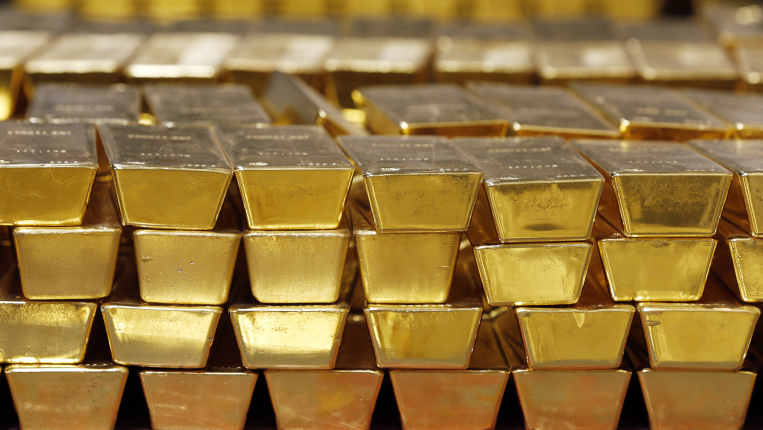Investors hot in pursuit of ETFs
by Joanna MatherFrankly, there is a lot of hype surrounding exchange traded funds, or ETFs, says independent financial planner Drew Meredith.
But much of the exuberance is justified, he quickly adds.
"ETFs are extremely useful, particularly during periods of heightened volatility," says Meredith, a director with independent, fee-for-service financial planning firm Wattle Partners in Melbourne.
For one thing, ETFs are easily executable, which proved valuable when COVID-19 hit global markets hard and fast in February.

"When markets were moving by 5 to 10 per cent in a day, redeeming a traditional managed fund (unit trust) would mean your SMSF clients were out of the market for as long as a week, even when switching products with the same manager," Meredith says.
"But ETFs are immediately tradeable, meaning we could quickly adjust exposure to shares, bonds or certain securities without missing out on upside."
The first ETFs appeared in Australia more than a decade ago and SMSFs (self-managed super funds) were among the early adopters.
Trustees recognised ETFs as an easy and cheap way to build more diversified investment portfolios.
They could buy - and sell - across entire markets, or market segments, to spread risk and move into previously difficult-to-access asset classes.
For investors still unfamiliar with ETFs, they hold a basket of securities – such as shares or bonds – which is itself traded on a stock exchange, just like a listed share.
Some ETFs closely track the performance of a certain index while others track a particular asset, such as gold or the US dollar.
Official data is hard to come by but SMSFs are believed to account for 40 per cent of the $61 billion ETF market in Australia.
The majority of the assets within the ETF market are held in mainstream, broadly diversified products tracking major equity and bond market indices in domestic and international markets.
Demand, it seems, has held up despite the COVID-19 crisis.
Investment management company Vanguard says new inflows to the Australian ETF market totalled $3.8 billion in the first quarter of 2020, making it the third strongest quarter on record.
Experts say many SMSFs had significant cash reserves going into the crisis and are now looking for buying opportunities, including ETFs.
"SMSFs now have a strong affinity to ETFs and would be looking for opportunities in this space to capture market upswings," SMSF Association chief executive John Maroney says.

"One of the criticisms of SMSFs after the GFC was that they were too slow to respond to changing market conditions. ETFs should allow this to happen this time around because of their diversified nature, with the evidence suggesting they have held up well."
Indeed, the COVID crisis is viewed as a major test for ETFs because they were largely unheard of when the financial crisis occurred in 2008.
Naysayers had been predicting that having enjoyed a spectacular rise during the years of the record bull run, the passive nature of most ETF products would be left wanting once the next bear market arrived, unable to sufficiently protect investors on the downside.
They also predicted that investors would naturally flock back to struggling active and value managers, enticed by strong performance.
But, while it may be too soon to judge, that hasn't been the reality so far.
Get what you pay for
"Most ETFs have delivered what they sought to - benchmark returns," Meredith says. "Of course, these benchmark returns were in some cases as low as -30 per cent.
"The most important lesson with ETFs is that you get what you pay for. You are buying an exposure to a single benchmark, so if it falls by 40 per cent, your investment will as well."
Meredith says no liquidity issues arose during the first quarter. But there were some valuation concerns for ETFs offering daily liquidity but investing in less liquid assets like government and corporate bonds, he says.
"A number of fixed income ETFs traded at discounts of up to 10 per cent of their underlying net asset value amid the worst of the volatility," he says.

The lesson?
"Advisors and investors alike need to be wary of not simply placing market orders when trading ETFs," Meredith says.
Low-cost adaptability
ETFs have allowed advisers like Meredith to respond quickly to the conditions created by COVID-19.
"I could control tilts or overweights to individual sectors, countries or commodities in a low-cost way and quickly," he says.
"For instance, we recommended adding a holding in the currency-hedged S&P 500 ETF at the bottom of the market and were able to both implement and remove this in just a few minutes."
VanEck is one of the world's largest issuers of exchange-traded products and head of Asia Pacific, Arian Neiron, says demand from SMSFs remains strong.
Some SMSFs use ETFs in what's called a core and satellite approach to portfolio construction, he explains.
This involves ETFs as the passive core of the portfolio, with high conviction, actively managed investments and specific stocks or sectoral ETFs as satellites.
Gold and gold miners might make a sensible satellite exposure at present, for example.
"With all the economic risks prevailing at the moment given the COVID-19 pandemic, gold is rallying and could reach all-time highs over the next 12 months," Neiron says.
"That might suit SMSFs keen for exposure to the relative safety of gold miners, which typically rise more in price than the precious metal itself.
"We've also seen SMSF investors more recently looking to take advantage of different income opportunities.
"Australian equity investors are no longer able to rely on banks for dividend so global fixed-income alternatives, particularly in emerging markets, with higher coupons are being considered.
"We've seen interest in global property and global infrastructure for that very reason - income."
So, what sorts of ETFs should SMSFs be buying right now?
FANG stocks
Kanish Chugh, the co-head of sales at ETF Securities, says ETFs with exposure to technology heavyweights - the so-called FANG stocks: Facebook, Amazon, Netflix and Alphabet (Google's parent) - are performing well despite the crisis.
"Some of these companies have grown during the crisis, rather than contracting," he says.
"Netflix, for example, experienced at 32 per cent increase in subscribers outside of North America in the month of March."
Biotechnology is another boom area, Chugh says.
"Biotech stocks are at the forefront of this fight that we are racing against COVID-19," he says.
"We have a biotechnology ETF that gives investors exposure to 120 of the biggest US biotech stocks. Some of these companies are working hard to develop a vaccine or other related testing kits."
A third area of the opportunity nominated by Chugh is India.
"It has been hard hit by the pandemic but prior to COVID-19 India was in a very strong position to grow, and on its way to being a US$5 trillion economy," he says.
Two approaches
"As the largest democracy, India is navigating the crisis in the best way it can and the Modi government has announced the first of many stimulus packages focused on helping local companies recover."
Meredith says Wattle advises clients to use ETFs in two distinct ways.
First, there's a passive approach. This involves a portfolio constructed entirely of ETFs, reviewed six monthly. It relies on the benefits of strategic asset allocation and diversification to deliver returns. The second is a more active approach.
"We are increasingly using ETFs in order to actively add exposure to our client portfolios in otherwise difficult-to-access sectors, or those sectors that appear to be oversold or offering greater potential upside," Meredith says.
"Examples include the Betashares gold bullion ETF (hedged), ETF Securities' high-yield low-volume S&P 500 ETF and the plethora of country and industry specific options offered by iShares."
Finally, relying on an index approach only means investors will experience greater volatility than the alternative of actively managed funds, Meredith says.
"As has been highlighted regularly in Australia, the ASX is concentrated in just two sectors, being financials and resources, and therefore doesn’t offer the broad-based exposure that an indexing approach suggests.
"The story is similar in the US with the S&P 500 now dominated by technology companies which have been driving the market higher as the rest of the economy struggles."